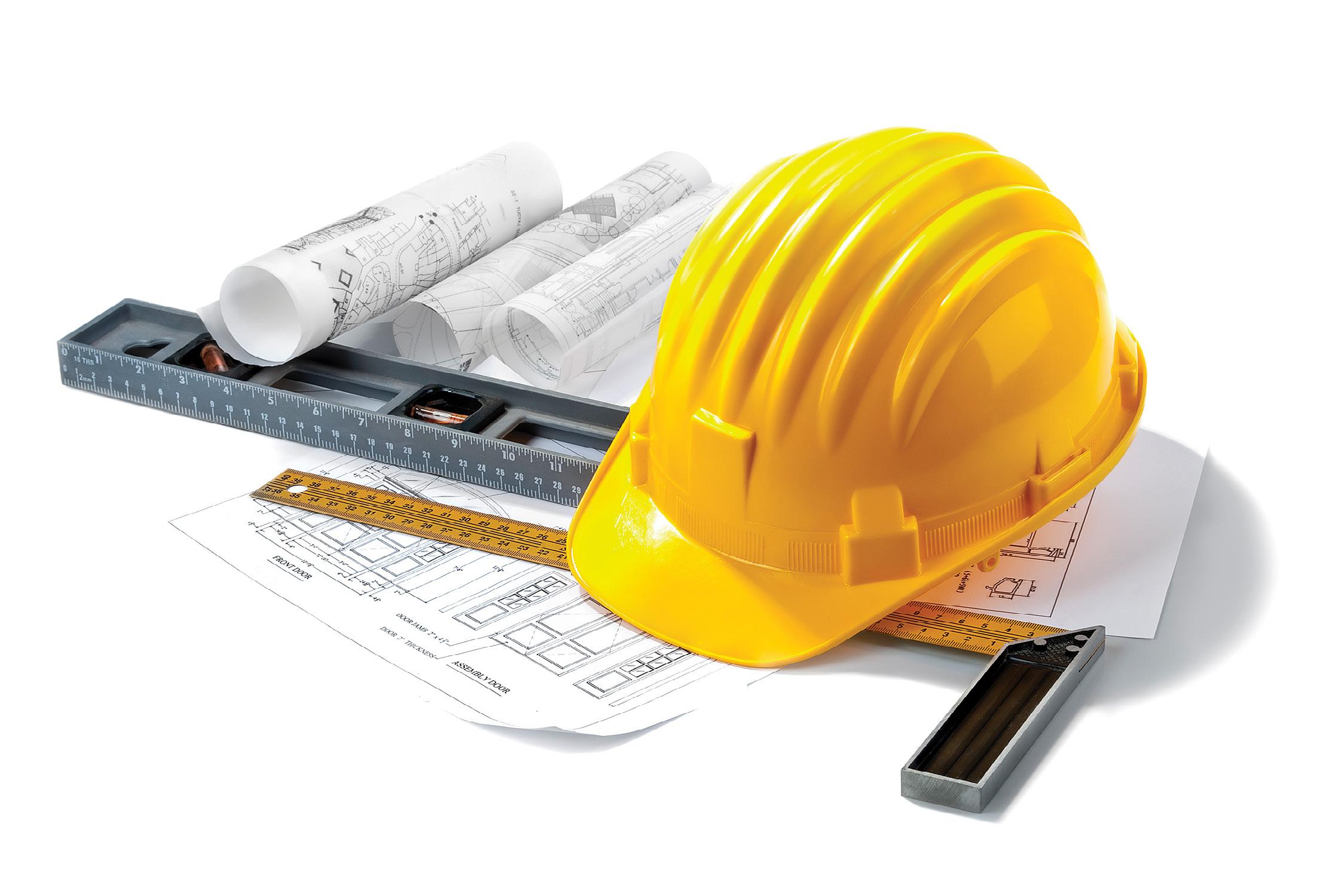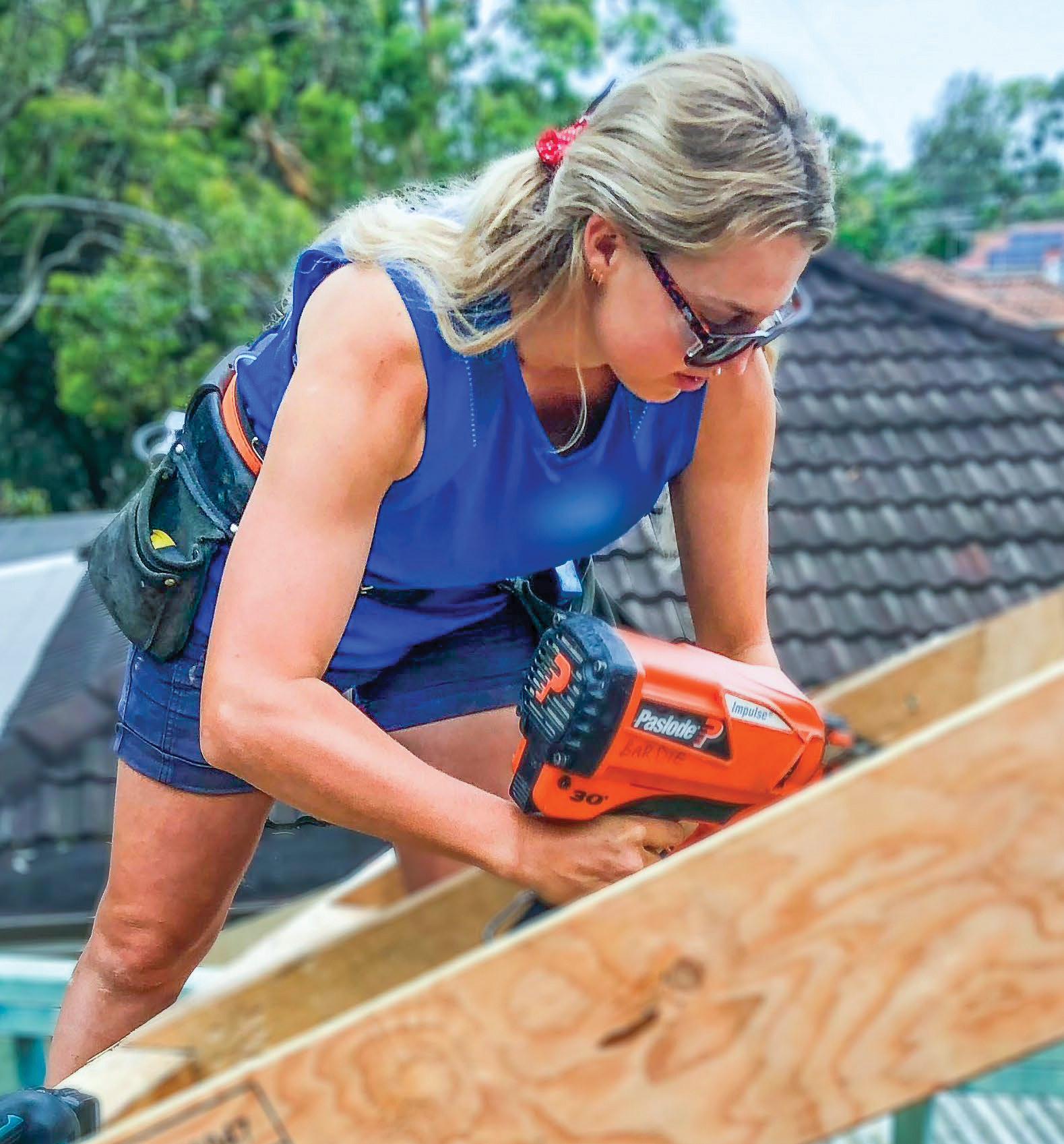
3 minute read
Looking ahead
The nature of work in the building and construction industry is evolving. Businesses are increasingly specialised. More and more building products are partially or entirely built off site. Workers are changing jobs more frequently. Technology is infiltrating the way tasks are done and processes are managed. Regulatory requirements are increasingly complex.
As an industry, we need to be cognisant of this. Understanding emerging and future workforce skills needs is critical to ensuring the pathways into and within our industry are flexible to the changing and diverse needs of workers, businesses, and employers. We need to ensure training and education products and pathways are not only suitable for the jobs of today but are forward looking and flexible so our industry can develop the skills it will need for the future. Vocational education and training (VET) reforms to establish Jobs and Skills Councils — which will have dual responsibility for workforce analysis and training product development — present an opportunity to better connect future looking workforce and skills analysis with the national training system.
Master Builders is a lead organisation establishing the Jobs and Skills Council for the built environment and is a founding employer member. To be known as BuildSkills Australia, this Council will commence operations in 2023 and bring together industry stakeholders with responsibility across the lifespan of our buildings and infrastructure. Bringing together design, construction, and building management into a single cluster has the potential to improve processes and result in better quality assets. The workforce research and analysis of BuildSkills Australia will complement the work done by individual industry members and Jobs and Skills Australia to enhance sector-wide workforce planning and forecasting, improve understanding of current and emerging challenges and opportunities including the needs of the next generation of workers, industry growth and attrition, emerging occupations, skills requirements, and pathways. These insights will inform the development and update of training products in the VET sector to ensure training, qualifications and pathways are up-to-date, flexible, and responsive to changing workforce, industry, and economic conditions. Our industry workforce is growing. Jobs and Skills Australia projects that the building and construction industry will grow by over 66,000 workers (5.8 per cent) between November 2021 and November 2026.5
5 Jobs and Skills Australia, 2022. Employment projections. Last updated: 8 September 2022. 6 ABS, 2022. Job Mobility (6223.0), February 2022. Released: 24 May 2022.
Master Builders analysis of ABS data on job mobility6 conservatively estimates annual industry attrition at 7.8 per cent. This means that in 12 months’ time 7.8 per cent of the current building and construction workforce will no longer be working in the industry. These workers may have retired, moved to a different sector, be unemployed, or out of the labour force.
To meet growth projections and replace workers that leave the industry Master Builders estimates that 486,000 workers need to enter the building and construction industry between February 2023 and November 2026. Nearly half of the required workforce (229,000 workers) will be in technician and trade roles, the vast majority of which will enter the industry through a trade apprenticeship.
In addition to attracting new workers into the industry for current and emerging occupations, retaining existing workers and ensuring they can keep pace with evolving skills and knowledge is critical.
This document outlines Master Builders key policy positions to ensure Australia’s building and construction industry can maintain and grow its skilled workforce for the jobs of today, tomorrow and the future.
Attracting workers
• Addressing the bias and improving careers education
• Improving gender diversity
• Reframing the apprenticeship story
• The role of migration
Recruiting workers
• Understanding the options and testing the waters
• Entering the industry
• Nurturing success in the early stages
Train workers
• Improving quality by improving information
• Work-integrated learning pathways
• Enhancing education integration
Retain workers
• Occupational licensing
• Embracing a culture of life-long learning
• Improving business acumen
Attracting workers
• Addressing the bias and improving careers education
• Careers education in schools should be upto-date, unbiased and comprehensive
• Improving gender diversity
• Improving awareness and growing the pool
• Women Building Australia

• Reframing the apprenticeship story
• Earn while you learn
• Challenging and inspiring
• A lifetime of opportunities
• The role of migration in construction
• Population growth drives construction activity
• Australia’s attractiveness
• Simple and easy navigation
• International recognition










